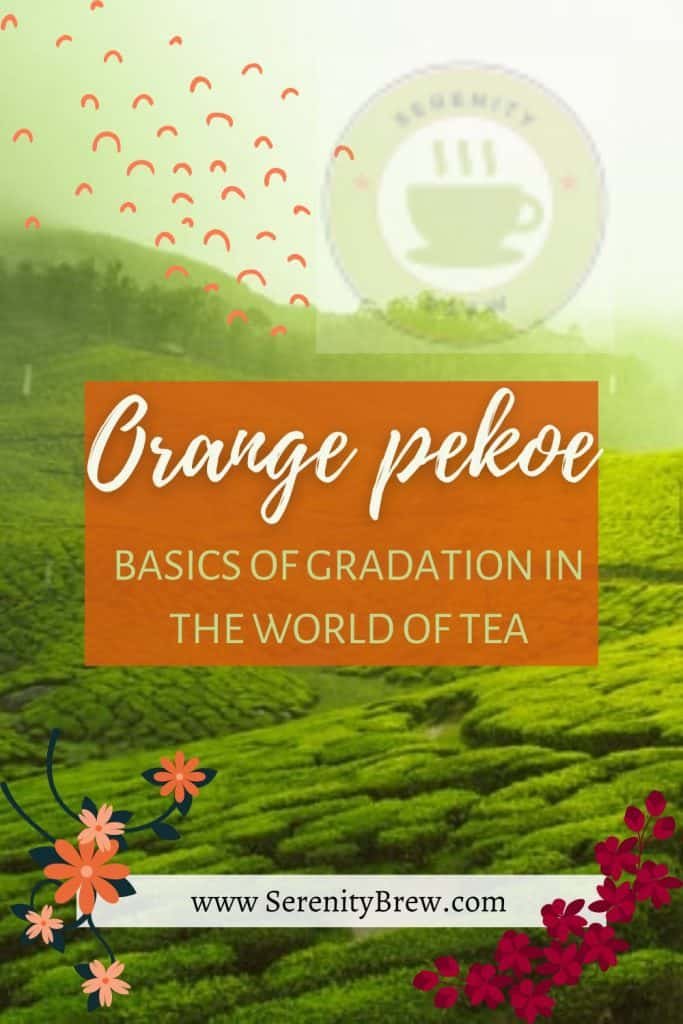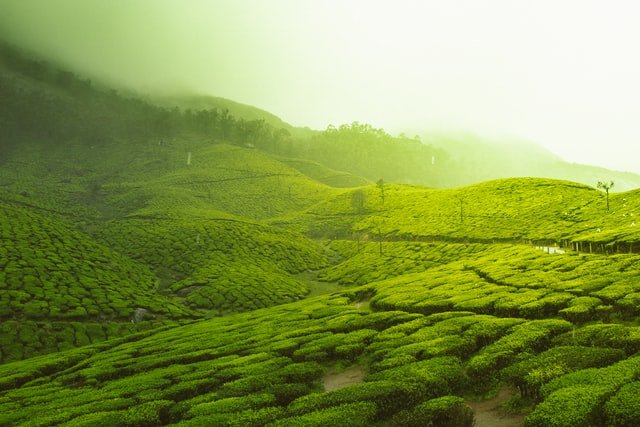
Have you ever heard of Orange Pekoe? That name, which may sound strange, refers to the first quality grade of tea production. As you read: tea is classified according to its quality, in different grades and we have proposed to tell you everything about it.
While the grade classifications of tea leaves may vary from country to country, we will talk in general terms of how it works in the large producers of black and green tea, that is, in China and India.
The gradation of tea
This may be news to you, but the truth is that teas are graded to determine their quality. Thus, a tea with large, whole, and rolled leaves will obtain a different gradation than one with pieces of leaves that are less rolled and with little presence of buds.
Basically, this way of classifying teas was born in China, where the word pekoe refers to the hairs present on the tender buds. As you can imagine, a higher presence of sprouts could be associated with a better quality of tea. However, this is not the only quality that is analyzed, since the cultivation area, the climate, the harvest date, the plant itself and even the processing all influence the final quality of the tea.
The origin of the classification
Finding the origin of the tea gradation is not an easy task. As always, everything related to the history of tea is based more on myths, legends and stories that have been passed down from generation to generation than on proven data.
Legend has it that during the beginning of the black tea trade from China to Great Britain and Holland, sellers looked for a way to jump the language barriers and be able to explain to potential buyers the quality of the tea they were buying.
Thus, they began to show the liquor obtained by its infusion: in the case of the highest quality leaves, the resulting liquor was of a more concentrated and orange color, while the broken leaves and dust gave rise to a lighter liquor.
What does orange pekoe mean?
While this name may lead us to imagine an orange-flavoured tea, this is far from the truth. The name Orange pekoe, as we anticipated, refers to a black tea with a certain degree of classification.
As you read, it is not a specific name referring to a variety of tea, but a classification based on the size and shape of the leaves, in addition to the greater or lesser presence of buds.
In particular, the Orange Pekoe, or OP for its acronym, indicates a tea with whole leaves (or at least with the presence of large pieces -more than 1 cm-) and well rolled, and a minimum presence of buds, since its Harvest occurs when the vast majority of shoots have turned into young leaves.
Other gradations of tea

As you may be thinking, Orange pekoe is not the only grade given to tea. Let’s look at some other degrees and what each one points to:
- OP1: In some cases, growers decide to add a number after the Orange pekoe classification to distinguish leaves of even higher quality. Thus, an OP1 would be of better quality than an OP2. Also, you could call it OPA to specify that it is a standard quality Orange pekoe.
- Pekoe, or P, indicates a tea with the presence of whole leaves but shorter than in the case of Orange pekoe or in large pieces but with a less fine roll than that of OP
- Souchong, or Sou, indicates the presence of thick, rounded hearths.
- Broken Orange pekoe, or BOP: the leaves are broken and give rise to strong infusions.
- Broken pekoe, or BP, has quite broken leaves and is therefore often used in blends.
- Broken pekoe Souchong, or BPS, is also used to make mixes.
- Broken Orange pekoe Fannings, or BOPF, have smaller leaves and therefore brew faster.
- Dust, or D, is powdered or crushed tea.
- Flowery Orange pekoe, or FOP, has leaves that are smaller than the OP and also rolled lengthwise.
- Golden Flowery Orange pekoe, or GFOP, stands out for having some gold-tipped leaves.
- Tippy Golden Flowery Orange pekoe, or TGFOP: All leaves show golden tips.
In conclusion, Orange pekoe would be the tea with the highest degree and, therefore, of the best quality a priori. However, this does not mean that its flavor in the cup is superior. It sounds strange but it can happen that, despite its good presence and magnificent aroma (remember that the aroma is better maintained in the case of whole leaf teas), an OP ends up giving rise to a liquor inferior to a P. better? Without a doubt, the best option is to try, compare and choose the one you like best.
